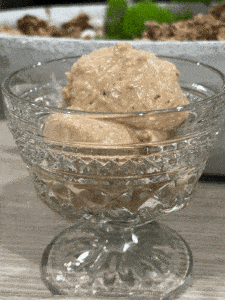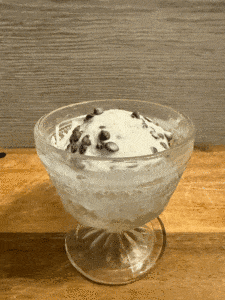

THE WELLNESS BLOG
Tag: img-cover





5 Tips to Stop Your Kids’ Secret Eating
Empty wrappers under their beds, crumbs on their desk, snacks disappearing faster than usual. It can be concerning to discover that your child is sneaking food. Secret eating isn’t just

Five Food Tips for New College Freshman
1 . Decide on Dining Deciding which dining plan can be overwhelming. Each school has their own system for food on campus. Most campuses offer a range of plans from

Reviewing These 5 Top Wellness Vacations
Will the future of vacation and leisure time become attending wellness retreats? Wellness retreats and spas all over the world are having their busiest seasons yet. Let’s dive into 4

What Parents Should Not Say to their Kids at the Pool (and What to Say Instead)
Summer is here, bringing with it poolside fun, beach outings, and sunny days. However, for many kids, comments made at the pool can have a lasting effect on their body

5 Podcasts Laura Cipullo Recommends for True Wellness and Self-Worth
Brené Brown with Glennon Doyle on Untamed https://open.spotify.com/show/4P86ZzHf7EOlRG7do9LkKZ?si=4e34ca6110d440ec In this inspiring conversation, Brené Brown and Glennon Doyle talk about what it means to stop living for approval and start living

Top Five Snack Bars and Why They Stand Out
Snack bars are an easy way to meet your nutrition needs when you’re short on time or on the go. Here are five top choices each selected for a different

